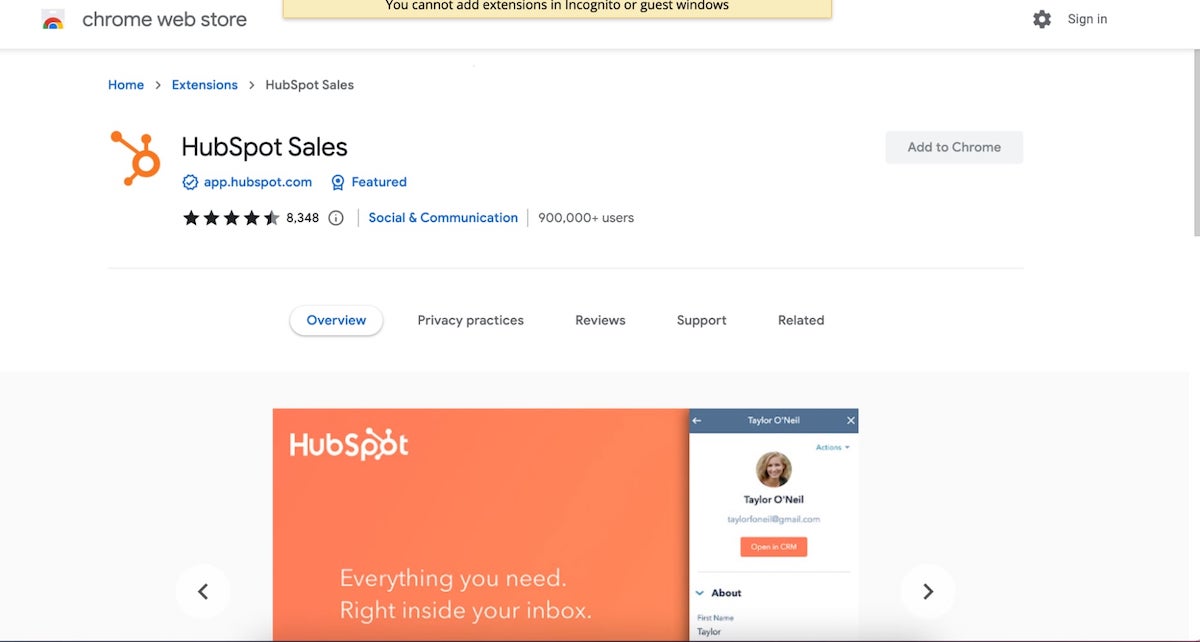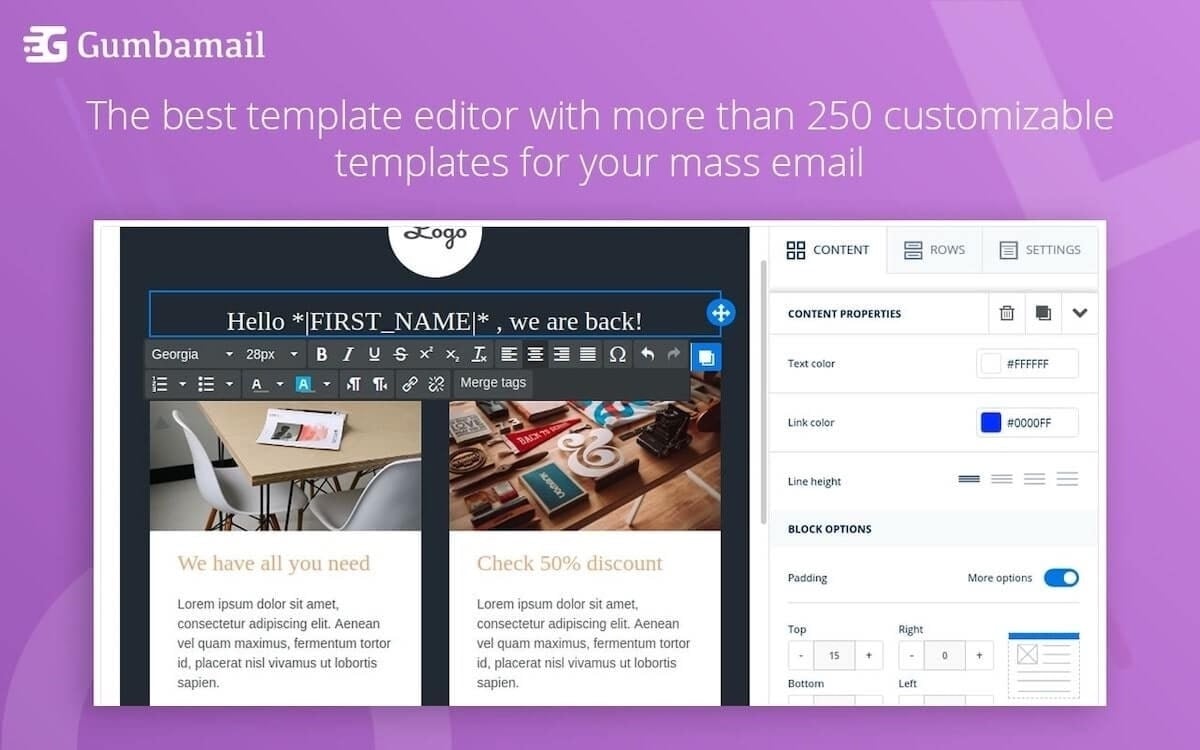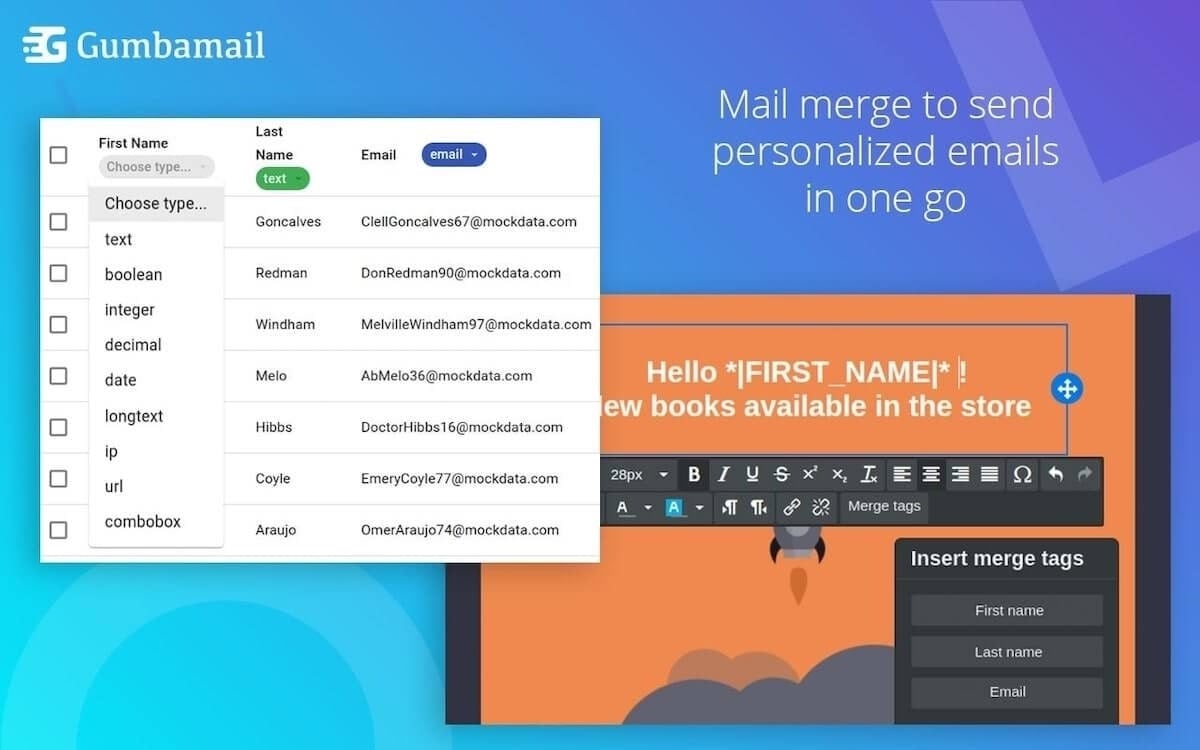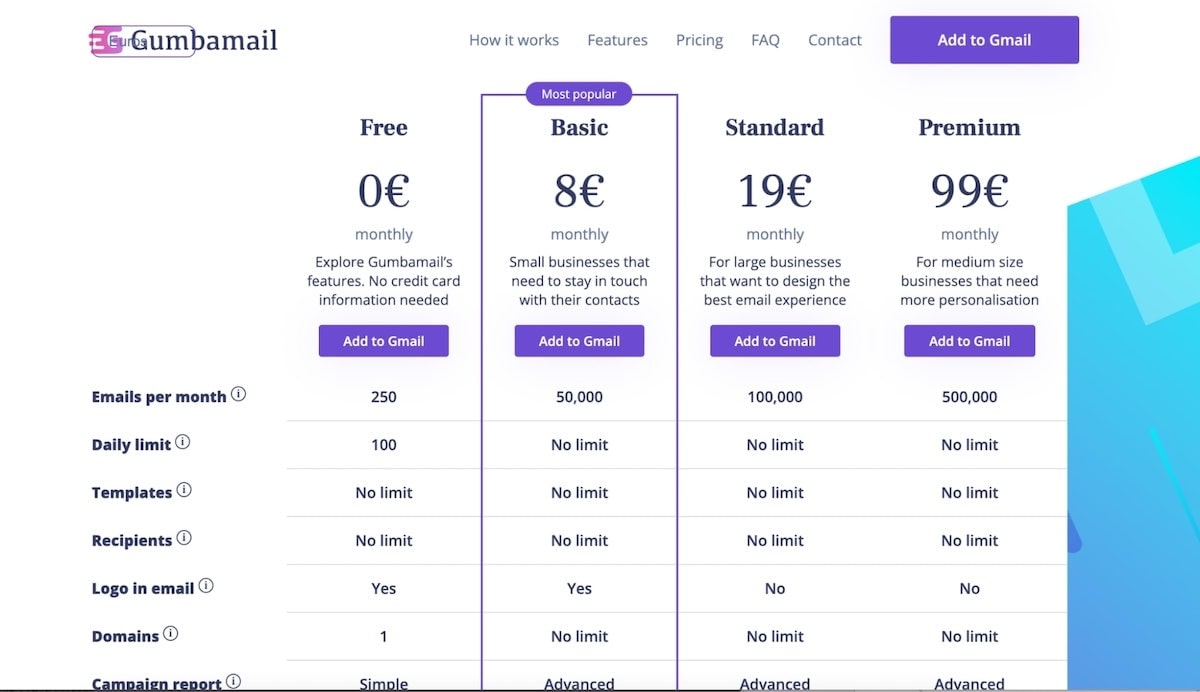3 Reasons Why the HubSpot Gmail Extension Might Not Work for You
Want to gain time back in your day? Spend less time in your inbox.
Most business owners agree that email can be a drain on time, money, and resources. Working professionals spend an average of 2.6 hours answering emails each day, causing over half of U.S. employees to respond to emails after work hours.
Which begs the question: Is avoiding email really possible?
Short answer: No. While email is a notorious time waster, it was, ironically, built as a time saving tool. Without email, we would spend more time on phone calls, in conference rooms, and on Zoom — alternatives none of us want.
That being said, there are plenty of ways to devote less time in your inbox, without doing away with email altogether. By repurposing pre-written email templates, tracking reader engagement, and keeping your recipient database up-to-date, you can spend less time answering email and more time growing your business. And here’s the good news: There’s plenty of free, user-friendly tools that accomplish all of the above.
The HubSpot Gmail extension is a popular tool used by salespeople and business owners to optimize their sales strategy. Below, we explain what the HubSpot Gmail extension is, how to use it, and its benefits. Plus, we’ll explore whether there’s an alternative tool that’s better suited for your business.
What is the HubSpot Gmail Extension and How Does it Work?

The HubSpot email extension, better known as HubSpot Sales, is a Chrome extension that transforms your regular Gmail account into a powerful sales tool. After installing the extension, HubSpot can automatically track email correspondence between recipients, create and leverage email templates, and track opens.
Currently, over 900,000 people use the HubSpot extension to optimize their sales strategy. Specifically, HubSpot can help you:
- Re-use old emails: Do you find yourself retyping the exact same email to multiple recipients? HubSpot will automatically ask to transform your repeated message into a template, which you can reuse with future recipients.
- Personalize email templates: While templates surely save time in your day, they can often feel impersonal. Fortunately, HubSpot’s Google Chrome extension allows you to insert merge tags where you can personalize the message, mentioning the recipient’s first name, birthdate, previous orders, or any other number of details.
- Track opens: How often do you send an email and fail to get a reply? The HubSpot Sales tool sends you a notification every time a recipient opens your message. That way, you never wonder whether your email ended up in the spam folder or was ignored altogether.
- Choose what you track: Obviously, it might become burdensome to log every single email in your sent folder. Luckily, you can toggle off the HubSpot extension if you don’t wish to track your emails (such as personal emails or messages to employees).
- Track correspondence: When business owners scale their sales teams, one of the biggest hurdles is getting new reps up-to-date on existing relationships. Fortunately, you can use the HubSpot Sales Chrome extension to automatically log email correspondence in the HubSpot CRM platform, so new team members can quickly understand a prospect’s interests, pain points, or roadblocks.
- Schedule meetings: Research shows that it can take between 25-30 minutes to schedule a single meeting. Fortunately, with your HubSpot account, you can use the built-in meeting scheduler that helps you easily send a meeting link to prospects, clients, vendors, or even your own employees.
The Main Drawback of the HubSpot Sales Extension
The HubSpot Sales tool is a wonderful extension that’s helped sales people convert leads, stay on top of deals, and streamline their daily tasks. However, there’s one key drawback that business owners should understand: HubSpot Sales, as the name implies, is meant to be a sales tool, not a marketing tool. For this reason, many HubSpot users are making the switch to Gumbamail, the user-friendly, affordable email marketing add-in that works in conjunction with your existing email account.
1. HubSpot Sales Only Sends Plain-Text Emails

HubSpot Sales was built to streamline one-to-one (not one-to-many) communications. If you’re a sales person trying to follow-up with leads or push a prospect over the finish line, then sure — HubSpot Sales could get you there. However, if you’re trying to build an email marketing campaign for your upcoming holiday promo, the extension will fall flat.
With HubSpot sales, all email templates are built as a plain-text, HTML email. There is virtually zero formatting, which might not be aesthetically pleasing for your monthly newsletter, new product launch, or summer sale.
HubSpot vs. Gumbamail
Gumbamail was built to help marketers, sales people, and business owners alike to execute a flawless email marketing strategy. Gumbamail comes complete with a robust library of 800+ pre-designed email templates built for every occasion. With Gumbamail’s easy-to-use drag-and-drop email builder, you can quickly swap out text, add your brand’s color palette, and insert product images to send a gorgeous campaign within minutes.
2. The HubSpot Sales Hub Doesn’t Allow You to Build Email Lists

The HubSpot Sales add-on is strictly built to send emails one at a time. If you want to send multiple recipients the same email, you will need to copy and paste their addresses into the BCC field. In other words, HubSpot lacks the capabilities to send e-blasts to various marketing lists (such as vendors, prospects, or former clients).
HubSpot vs. Gumbamail
Gumbamail allows you to easily create unlimited email lists, transforming your Gmail inbox into a robust CRM system. With Gumbamail, you can easily create new email lists by uploading a CSV file, creating a Google Sheet, or using your existing Gmail Contacts. When you’re ready to send your first campaign, simply select your email list from the Gumbamail sidebar (no BCC’ing hundreds or thousands of email addresses!).
3. The HubSpot Sales Free Account Contains Strict Limits

Business owners are attracted to the HubSpot Sales browser extension because of its affordable pricing model. HubSpot offers a free account on the Chrome web store, allowing users to try the tool risk-free.
Unfortunately, as your email list grows, you’ll need to upgrade to a paid plan. According to the HubSpot knowledge base, free accounts only allow for lists of less than 1,000 contacts. If you want to add a new contact, you’ll need to upgrade your plan.
HubSpot vs. Gumbamail
Like HubSpot, Gumbamail is an affordable tool built for small business owners that comes with a free plan. But unlike HubSpot, Gumbamail won’t punish you for growing your email list. Gumbamail’s free plan allows you to store unlimited recipients in your list. Plus, even if you need to upgrade your account, paid plans start at just $9 per month.
Make the Switch from HubSpot Sales to Gumbamail
HubSpot Sales is a user-friendly tool that allows small business owners and salespeople to spend less time in their inbox. With HubSpot, you can repurpose email templates, track open rates, and store correspondence in a contact’s timeline.
Unfortunately, HubSpot Sales was never meant to be used as an email marketing tool, which is why many users are making the switch to Gumbamail. Gumbamail comes complete with email tracking, a drag-and-drop email builder, pre-designed email templates, and unlimited contact records, helping to execute a flawless email marketing strategy.
Ready to see how Gumbamail can help transform your email account into a robust marketing platform Download the free plugin to get started.


